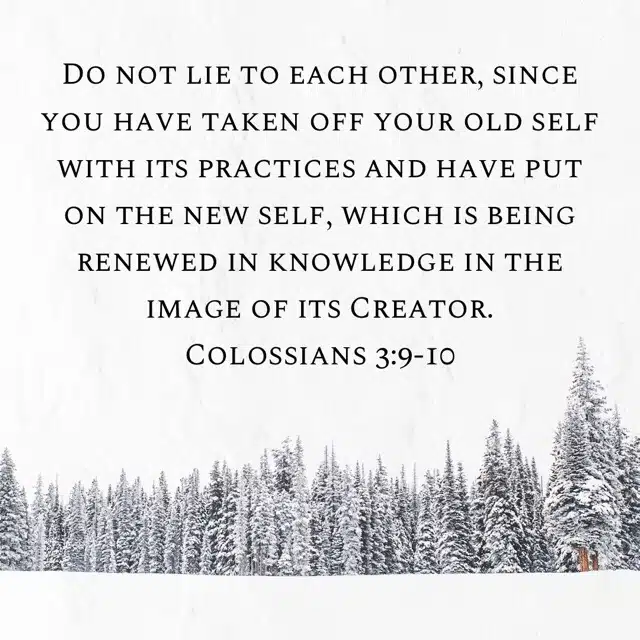This means that we are going to have to dive into arguably the greatest biblical tension in the NT. This tension I am referring to is captured in this statement: We are informed that our old self is dead because it died with Christ, but on the other hand we’re commanded to kill the old self! Also, compare Gal. 3:27 For all of you who were baptized into Christ have clothed yourselves with Christ…with Rom. 13:14 But put on the Lord Jesus Christ, and make no provision for the flesh in regard to its lusts. Which is it? Have we put Christ on already or do we still need to put Christ on? The answer is not an either/or, but a both/and. Ultimately, these texts are pointing to the dual-citizenship of a Christian or the already/not yet tension.
In light of that, here are some definitive truths from the NT:
1) A believer’s old self (the one who lives by the worthless mindset on self as described in Rom. 8:5-8 & Eph. 4:17-19) was crucified with Christ and upon conversion, the believer is made into a new person (Gal. 2:20; Rom. 6:1-11); 2) Thus the old self is condemned and has no controlling grip on the Christian (Col. 3:3, 9); 3) Nevertheless, we are not glorified yet and won’t be until Christ returns, so there still remains legitimate lusts and temptations of the flesh (1 Pet. 2:11); 4) Therefore, even though the old self is condemned, there is a real ongoing battle between your flesh and the Holy Spirit—the former tempting you to satisfy itself, the latter guiding you to walk in holiness (Gal. 5:16-17); 5) When we give into temptation, it’s a faith issue, meaning it’s not because the old self, or the temptation is too strong or that God hasn’t given us the power and truth to beat it (1 Cor. 10:13). This means that the Christian is no longer under obligation to obey the flesh, but can now follow Christ’s will; 6) In order to walk according to the spirit or in the newness of life or to live in the new self, we must both understand what God did to our old self at the cross AND what we must do, by grace through faith, to continually put off the deeds of the flesh (Rom. 6:11, 13:8; Col. 3:5,8).
When we do that, here is what one’s life should look like, courtesy of the book, Free to be Holy:
Self-preservation gives way to trusting in God’s preserving work on our behalf: Hedonism turns to finding fulfillment in Christ and obedience to His will. Deceit turns to honesty before God and men. Hiding weakness turns to being teachable with a desire to grow. Blameshifting turns to confession and repentance. Self-exaltation gives way to humility and self-sacrifice: Boasting turns to praising others. Condescension turns to serving others. Partiality and hatred turns to unconditionally loving others. Self-justification gives way to brokenness and gratitude for redemption: Minimizing sin turns to hating what God hates. Unforgiveness turns to free mercy for all. Religious pretense turns to genuine worship in spirit and truth. Also, following our renewed reasoning, even our emotional expression begins to change: Sinful fear turns to trusting God, while acknowledging His perfect love. Sinful anger turns to submission to God’s will with a gentle spirit. Sinful despair turns to supernatural exulting of God in even the severest of trials…[1]
[1] Jerry Wragg & Paul Shirley, Free to be Holy, 108.

